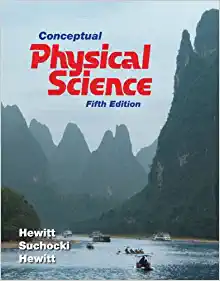Question
Physics Here is the questions : Number the masses 1-18. If we start on the left side and number to the right. There are masses
Physics
Here is the questions :
Number the masses 1-18. If we start on the left side and number to the right.
There are masses which are hanging that pull down with a force due to gravity of F=mg. They either pull the system to the left or the right. Solve for the force of each hanging mass, and give each a direction of either left or right.
step A - Find Fg for masses 8, 9, 14, 17 and18 as they are pulling to the right
step B - Find Fg for masses 1 and 7 as they are pulling to the left.
There are masses which are on ramps. Solve for the Ramp Force using Fr=mgsin, where is the angle of the ramp compared to horizontal. Give these each of these a direction of left or right based on which way they want to slide.
step C - Find Fr for masses 5, 11 and 16 as they are on ramps leaning to the right.
step D - Find Fr for masses 3 and 13 as they are on ramps leaning left
Total all the right forces and all of the left forces. Whichever is bigger, determines the direction the system will slide.
Now calculate the force of friction on flat surfaces using Ff=mg, and the friction on ramps using Ff=mgcos (again ensuring that is the angle the ramp makes to horizontal. Since friction always opposes motion, subtract all of these frictions from the net force from the ramps and hanging masses.
step E - Find Ff on the flat surfaces for masses 2, 4, 6, 10, 12 and 15.
step F - Find Ff on the ramps for masses 3, 5, 11, 13 and16.
Fnet = Fright-Fleft-Ff
Fnet = Fhanging masses pulling right + Framp masses pulling right - Fhanging masses pulling left- Framp masses pulling left - Ffriction of all sliding masses.
or Fnet = Forces in A + Forces in C - Forces in B- Forces in D - All forces of friction
This net force is what causes the acceleration of the whole system, so we can calculate acceleration by using the equation a= Fnet/total mass
step G - Find the total mass of all 18 masses added together.
step H - Solve for The acceleration using acceleration=Fnet/Mass found in G.
Do not worry about the points on the ropes labelled with the letters until you are solving for the tension in the ropes at those points.


Step by Step Solution
There are 3 Steps involved in it
Step: 1

Get Instant Access to Expert-Tailored Solutions
See step-by-step solutions with expert insights and AI powered tools for academic success
Step: 2

Step: 3

Ace Your Homework with AI
Get the answers you need in no time with our AI-driven, step-by-step assistance
Get Started


